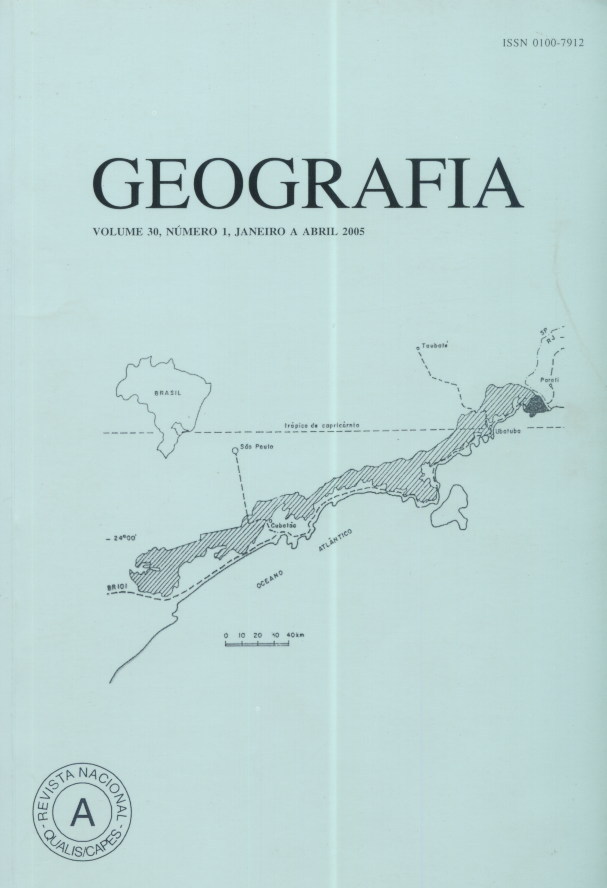Multitemporal analysis of the land use, in petroliferous industry areas, based in remote sensing and geographical Information System Products: district of Guamaré, Rio Grande do Norte State, Brazil
Abstract
This work introduce the mapping and interpretation of the evolution of the land use of the district of Guamaré (RN), based on a methodology for the interpretation multitemporal, in SIG. The methodology used for the analysis multitemporal for interpretation of the evolution of the land use was verified of great efficiency. Three years were considered: 1989, 1996 and 2001. The period from 1996 to 2001 was what verified a more significant alteration in the land use. Besides the conversion of the tanks of salt activities in shrimp cultivation, the largest observed transformation is due to the settlement appearance in areas of shut caatinga vegetation. The decrease and increase dynamics of the mangroves areas seems to be more influenced by natural that human factor. The presence of the pole petroliferous of Guamaré didn’t demonstrate direct influence on the land use municipal dynamics. The local economy seems more affected by variable macro economies. Key-words: multitemporal analysis, land use, geographical information system, remote sensing.Downloads
Published
Issue
Section
License
The authors maintain the copyright and grant GEOGRAFIA the right of first publication, with the articles simultaneously licensed under the Creative Commons BY 4.0 License, which allows sharing and adapting the articles for any purpose, as long as appropriate credits and provisions of image rights, privacy or moral rights. Other legal attributions can be accessed at: https://creativecommons.org/licenses/by/4.0/legalcode.en.
Geography, Rio Claro, SP, Brazil - eISSN 1983-8700 is licensed under the Creative Commons BY 4.0 License.





